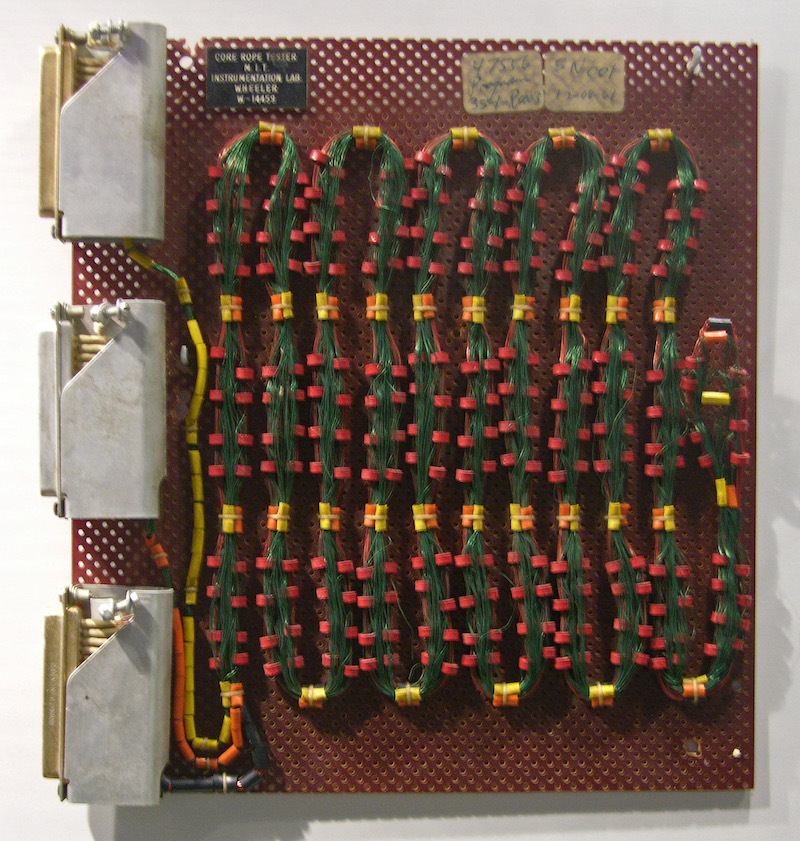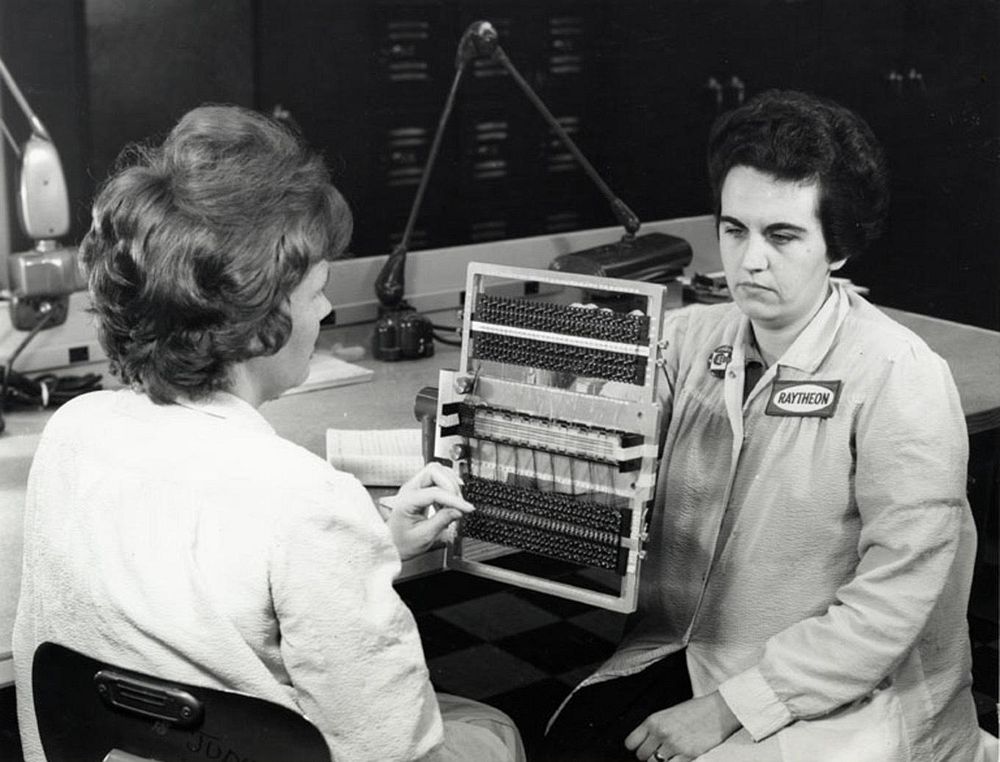In praise of the idea shepherds
What do two of Shakespeare’s pals and “little old ladies” in a 1960s factory have in common?
In Saint Mary Aldermanbury gardens in the City of London, just around the corner from the Guildhall, there sits an impressive plinth topped with a bust of William Shakespeare. In classic dress and intelligent pose, the bard looks out towards Love Lane, casting his eye over the city that was his home and that he depicted in much of his writing. The statue is not dedicated to Shakespeare himself, though, but rather to two of his friends: John Heminges and Henry Condell, fellow actors and locals to the area. Why dedicate a statue to this obscure pair, and not to their famous friend Shakespeare?
At the time of Shakespeare’s death in 1616, his lasting fame was by no means assured. Not all of his plays had been printed; in his own lifetime he was considered one of several prominent and talented playwrights, but not necessarily the best. There’s an alternative timeline in which his modern fame is similar to that of Thomas Kyd or Ben Jonson: popular among the literati, but far from a national hero.
Shakespeare’s reassessment took centuries. Whatever the specific culture forces at work, it’s clear that any reassessment of Shakespeare would have been practically impossible without access to the text of his plays, and credit for that rests almost entirely with Heminges and Condell. In the years immediately following Shakespeare’s death, they painstakingly collated authoritative texts for every one of Shakespeare’s plays, gathering them into a collection that became known as the First Folio. It was likely the first time that eighteen of the plays had been printed, including The Tempest and Twelfth Night, and the folio is the only reliable text for a full twenty of them. 750 copies were printed, enough to ensure that Shakespeare’s plays would survive for posterity.
Heminges and Condell did the unglamorous but vital work of shepherding Shakespeare’s work from transient brilliance into more permanent form. They got a statue for their trouble, but other, similar shepherds have faded into obscurity, denied recognition despite the essential role they played in landmark innovations.
In the 1960s, as NASA was preparing to send a manned mission to the moon, one of the countless technical problems they had to solve was how to store all of the data that the Apollo Guidance Computer’s software needed. At the time, the storage density of computers was low; storing all of the data on the magnetic storage devices of the time would have taken up far too much space and weight, and was completely infeasible.
The solution was to painstakingly store the data on copper wire woven through tiny doughnut-shaped magnetic cores. A core that has a wire through it represents a binary one; an empty core represents a zero. This way, an amount of data that was huge by the standards of the time could be stored in a compact space.

The price, of course, was the fiddliness of the solution: a change to the program would mean rewiring everything, and rewiring meant complex, time-consuming work by hand. And so the job was, as per the prevailing moral code of the time, given to women. In this case the women were textile workers and watchmakers – skilled craftspeople, used to working with tiny details – who undertook their invaluable work in a factory in Cambridge, Massachusetts. The memory was jokingly referred to as “LOL memory” – “little old lady memory” – in reference to its creators.
It wasn’t until the 2000s that the women behind core rope memory were given the recognition they deserved; until then, they remained obscure, with glory for the Apollo Guidance Computer going mainly to its designers – men like Eldon C. Hall, J. H. Laning Jr., and Albert Hopkins. These revolutionary men of science, pencils behind their ears, solving the tough problems of humanity, made for a better story than a group of “little old ladies” – even though both were highly skilled and both were essential to the success of the mission.
As we look back to history, our collective tendency is towards the “great man” theory. We love a good narrative, and the most exciting narratives are ones in in which history rests on crucial moments, on decisions made by strong and brilliant characters. We like stories in which inventions are the result of glamorous flashes of inspiration, rather than iterative, collaborative work. But the “great men” that we celebrate all too often are just that – men – and all too often are white, heterosexual, and otherwise conventional.
This view of history is wrong, harmful, and obscures the legacy of those who do the important work of shepherding creative ideas towards practical reality. But it’s not a problem that’s confined to history. In modern society, in modern businesses, we do exactly the same thing. We lionise the visionary decision-makers at the top of the org chart (whose promotion to that status hasn’t exactly been through unbiased means); we systematically reduce and ignore the role of everyone else.
Further reading
Paul Edmondson. “My fellows”: John Heminges and Henry Condell. Shakespeare Birthplace Trust, 2015
“History of the First Folio”. Folger Shakespeare Library, 2019
Ken Shirriff. “Software woven into wire: Core rope and the Apollo Guidance Computer”. Blog post, July 2019
David C. Brock. “Software As Hardware: Apollo’s Rope Memory”. IEEE Spectrum, 29 September 2017
“Computer For Apollo” (video). MIT Science Reporter, 1965
Jonathan Fildes. “Weaving the way to the Moon”. BBC News, 15 July 2009


Add a comment